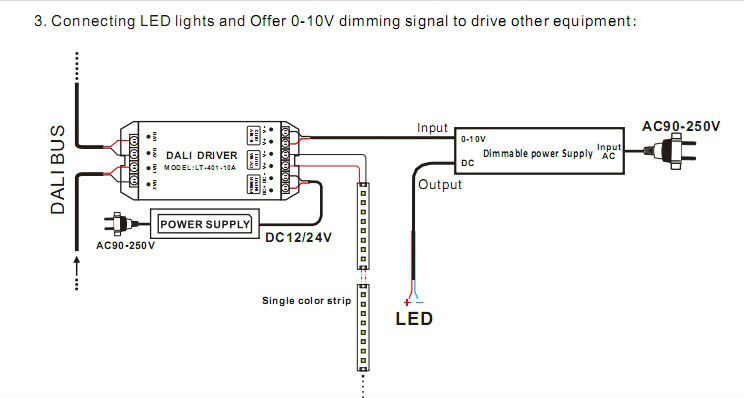LED BASICS: UNDERSTAND LED DIMMERS
What is a dimmer or dimmer
A dimmer or dimmer serves to regulate the intensity of the light, the brightness it gives. Normally the switch is usually a roulette wheel, which turns it gradually increases the brightness of the lamp.

When you are furnishing a house, light is everything. The level of light in a room determines what you can and cannot do, and it has a great effect on how you feel. You can't read very easily with a single candle, for example, and a romantic dinner for two isn't as romantic under a 1,500-watt halogen lamp.
There are many decisions to make when it comes to choosing LED lights. You should consider the bulb, wattage, color temperature and more. One thing to consider when choosing a new LED lighting is if a dimmer is applicable to your space. If so, what type of dimmers are available for LED lighting? Today, we will analyze the attenuation of the LED, how it works and what is the best option according to its bulbs and its application.
The problem is that people need to use some rooms for multiple purposes, and these different functions require different amounts of light. Enter the dimmer, a useful electrical component that allows you to adjust light levels from almost dark to fully illuminated simply by turning a knob or sliding a lever.
Types of dimmer or dimmer
1. LED Triac Dimming
If you are installing smaller LED lights on the tubes, Triac dimming maybe your best option. This type of dimmer works similarly to traditional dimmers, by reducing the current sent to the bulb with a wall switch. However, this type of regulator does not work on LED tubes with external controllers. It is important, before installing the LED, to ensure that the bulbs are compatible with the dimmers, otherwise, the bulbs will fail prematurely and return to point one.
2. 0-10V Attenuation

0-10V dimming is most commonly used in larger LEDs, usually in commercial and industrial environments. These regulators, however, do not use a wall switch. They use external controls that can be preprogrammed to attenuate when motion detectors do not activate or turn off completely at a specific time. Install these dimmable lights to replace high bays, wall packages, area lights, street lights, etc.
How a light regulator works
The scientific explanation of how a traditional dimmer or dimmer works is somewhat technical and complicated. The circuits must apply to the ignition function in the zero crossings of the voltage. The decrease in the effective value of the pump is achieved by cutting the signal at the time of the rise, at the point chosen. If the signal is cut when the wave reaches 60V, for example, the pump is very little, in the change, if it is cut when it reaches 200 V it is almost at maximum.
The installation of dimmers in-wall switches usually results in the complete replacement of the switch. But, it will improve the energy efficiency of the home, since neither more nor less electricity will be spent on light than is desired at any time.



Discover top-quality LED lighting solutions with the leading Led Light Manufacturer. Experience superior brightness, energy efficiency, and innovative designs that transform any space. Illuminate your world with the best in the industry!
ReplyDeleteGreat article! I never realized how much a residential home elevators could enhance not just accessibility but also the overall value of a home. The tips provided are very practical and informative. I’m definitely considering installing one in my own home. Thanks for sharing these insights!
ReplyDeleteNice blog thanks for sharing it. Tecolite LED dimmers are designed to adjust the brightness of LED lighting. They work by controlling the power flow to the lights, allowing for smooth dimming without flickering. These dimmers are compatible with dimmable LED bulbs and are energy-efficient. They typically offer features like a wide dimming range, overload protection, and a user-friendly interface for seamless control of lighting environments.
ReplyDelete